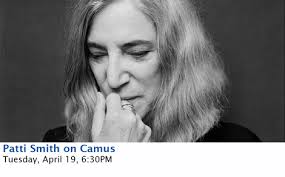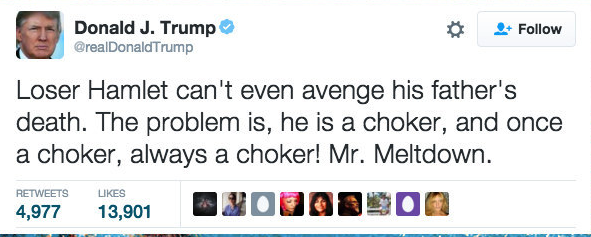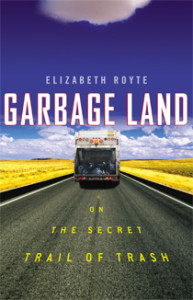 Walter Sallas made a movie of Jack Kerouac’s On the Road a few years ago. On the Road was my favorite novel when I was in high school, it fired my interest in Allen Ginsberg and William Burroughs, and it introduced me to a form of truthseeking and mystical engagement with the world that changed my life.
Walter Sallas made a movie of Jack Kerouac’s On the Road a few years ago. On the Road was my favorite novel when I was in high school, it fired my interest in Allen Ginsberg and William Burroughs, and it introduced me to a form of truthseeking and mystical engagement with the world that changed my life.
In other words, for a while I was obsessed with UFOs and horoscopes, but I found a way to shift my imaginative engagement to something more human. That, at some point later, is what really matters.
I didn’t watch Sallas’s movie for years, I think because what I read about it was bad. Critics did not like the movie, and I wasn’t interested in engaging with a bad movie about my favorite book. A favorite book that was problematic in the way it treated women.
In the many intervening years, I’d talked about On The Road with many women who had read the book and found that it failed the women in the story totally. I grew to understand that this was an important thing, and a failing of Kerouac’s book.
I watched Sallas’s movie tonight and, after a rough start, was surprised how well the movie told the story of Sal and Dean’s friendship and respected the women’s part in the story.
This is an adaptation that is also a critique of the original novel, exalting the romance of Kerouac’s writing, at its high points, but not overdoing that, and also treating the story with a modern brush. Woman are more than objects today, even if Kerouac didn’t always treat them that way.
In this way I came to admire the movie, though it is far from flawless. The Ginsberg character is given due as a figure, but as a personality he’s irksome and pretentious and lacks charm. I’m not sure that’s inaccurate but it undermines the fact of all these character’s sexual fluidity. In fact, the movie goes out of its way to protect Kerouac’s hetero identity, when that wasn’t the case.
The bottom line is I think everyone should read the novel. It has deep and abiding meaning, especially in the context of it’s time. And I don’t think the movie screws that up much, except that it adds a layer of much-later critique, which I hope makes women feel more welcome.








